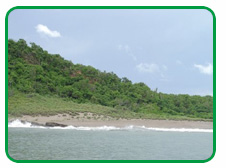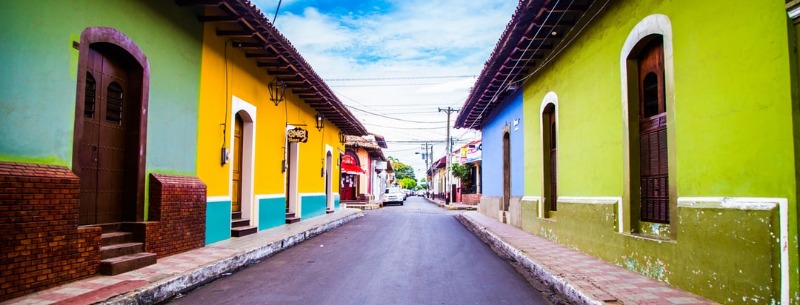Nicaragua Vacation Guide
Nicaragua is situated between Costa Rica to the south and Honduras to the north. In recent times, it has been discovered by many tourists worldwide as a great destination to visit. Its culture, its nature, the strong traditions, and the diversity within its borders make it a true treasure and unforgettable destination.
Nicaragua offers many tourist facilities, jet it is still unspoiled and the destinations are authentic, true, and pure. We offer you a variety of custom-designed packages to discover Nicaragua the way you want it.
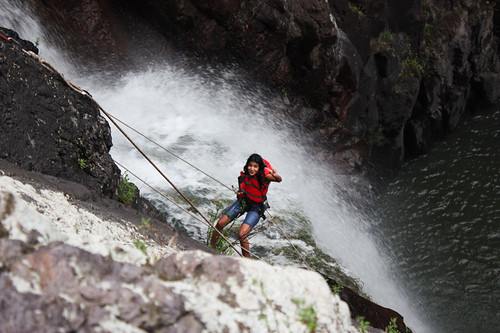
We will recommend the best destinations to visit, including the charming colonial seashore city of Granada, the island of Ometepe, the Indio Maiz Nature Preserve, Masaya and its volcanoes, Leon and its amazing old buildings, Matagalpa and its charming streets, the Corn islands with its crystal clear and calm Caribbean waters, San Juan del Sur and its beautiful beaches and so much more.
It is an amazing country with miles and miles of undiscovered countryside, colorful culture, amazing national parks and rainforests, beautiful and pristine beaches, rivers and lagoons, and many ancient cities and towns. It is the ultimate destination for an eco-vacation, honeymoon hideaway or beach vacation destination among many other possibilities. We encourage you to discover Nicaragua with one of our unique vacation packages, one-day tours, or our custom-designed vacation packages.
Nicaragua Highlights & Great Destinations
Nicaragua combines cultural highlights, amazing natural wonders beautiful beaches, and volcanoes in a perfect blend that will surprise you when you visit Nicaragua.
Granada
Granada is a beautiful colonial city situated on the shores of Lake Nicaragua. Its was founded by Francisco Hernández de Córdoba in 1524. It is considered to be the oldest city on mainland Nicaragua and it is still located where it once was built. There are many colonial buildings and churches including the old cathedral. Many of the houses are also built in a unique style, with patios, corridors, and other typical features, including the famous “Adobe “. Another attraction nearby is Laguna de Apoyo Lake which was created 25000 years ago after a volcanic eruption. You can still find volcanic rocks in it and near Masaya Volcano.
Granada Islets
The Granada Islets are 365 small islets and cays are located within the Lake of Nicaragua. They originated after the Mombacho Volcano’s eruption approximately 1.5 million years ago. Altogether they have a surface of about 2.21 square kilometers. 88 % of them are smaller than 2 acres. The largest of them called Guanabana has a size of 120 acres approximately.
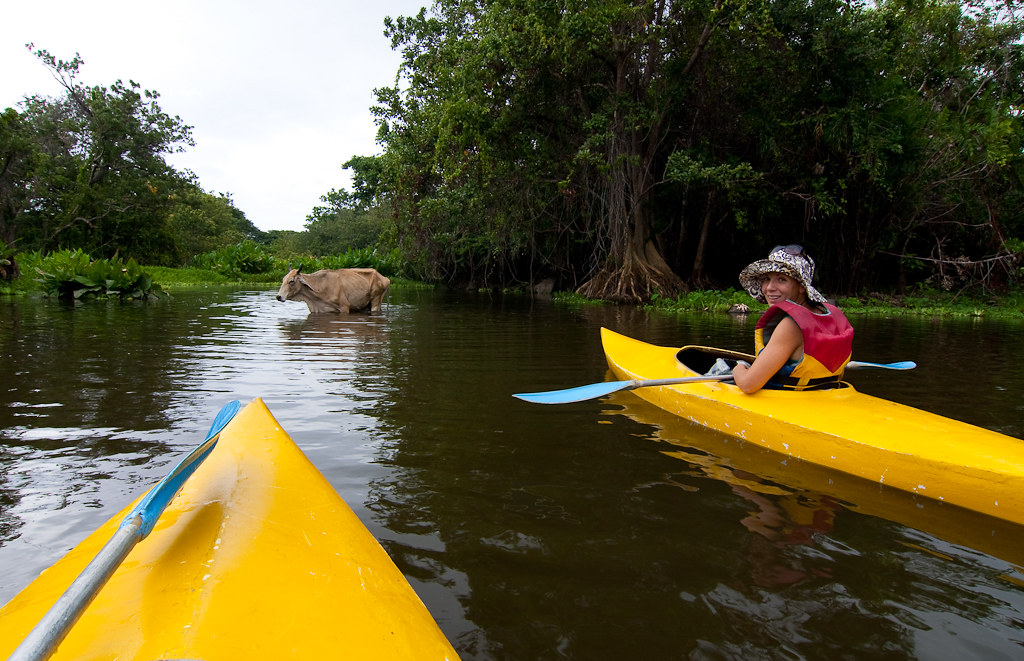
Masaya
Masaya is considered the cradle of Nicaragua folklore. It is located at 30 km. from Managua, on the way to Granada. One of its main attractions is the main entrance, where one can find a statue of General Augusto Nicolas Sandino Calderon.
City of Leon
The city of Leon is another very important destination in Nicaragua. Its neoclassical, gothic, baroque, and colonial styles are unique in the area. Some of the most important buildings are the Colegio de la Asunción and the Catedral of La Asunción. Leon has 16 churches, 11 of them built in colonial times. Leon’s amazing old buildings are famous throughout the entire isthmus. Here several styles can be found, from baroque, gothic, neoclassical, and colonial. Two famous buildings are the Basilica of La Asuncion and el Colegio de La Asuncion. Also, there are more than 16 churches in the area, 11 of them built during colonial times. Leon is also very important because it was, for many years, one of the only places where people could get an advanced education. Therefore, the city of Leon and its educational institutions are mentioned in hundreds and hundreds of historical passages.
Chinandega
While in Chinandega, you must visit the rum factory of the famous Flor de Caña. Also, other important attractions include the volcanic range of Maribios, with its many volcanoes. The climate is also distinctive, being tropical dry, different than the climate found in the Caribbean lowlands.
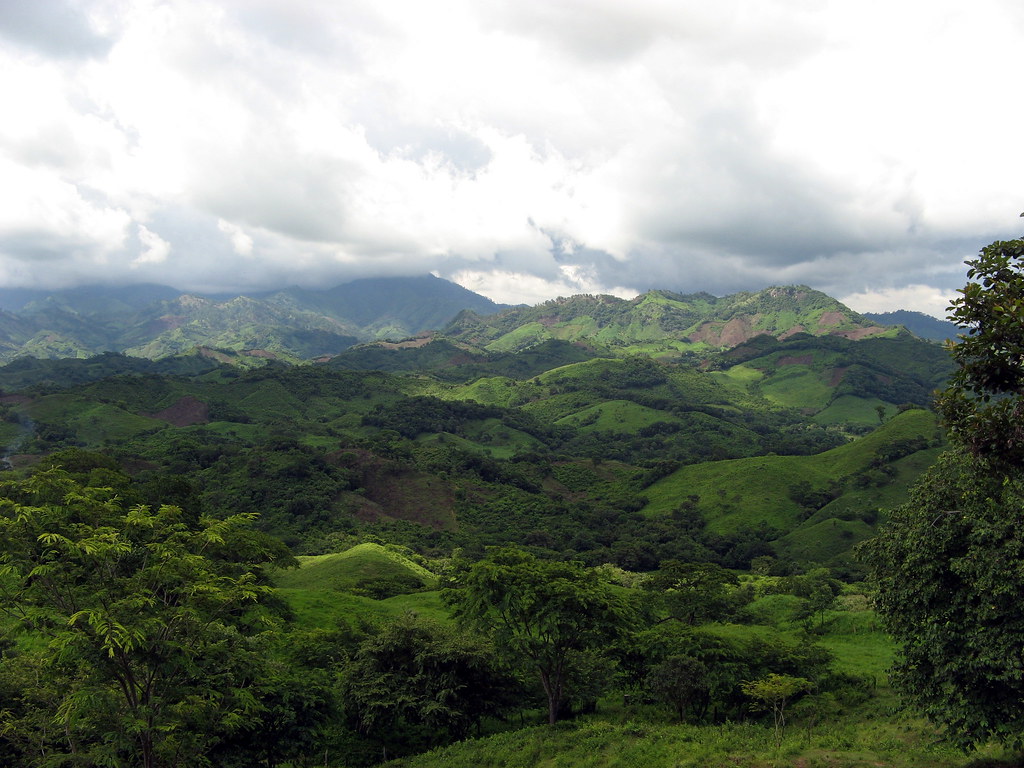
Ometepe
Ometepe is a beautiful island located off the coasts of Granada and San Jorge, in the region of San Jorge. There are two important volcanoes on the island, Concepción Volcano and Maderas Volcano. It is the largest island in the lake.
Rio San Juan
Rio San Juan is one of Nicaragua`s most important natural attractions and highlights. It is also considered one of the area’s most important transportation options, since many areas, little towns, and regions along its shores are only connected with the major cities by the river. The river is surrounded by amazing tropical rainforests in the southern part, such as Indio Maiz or Rio Bartola, as well as Barra del Colorado and Maquenque on the Costa Rica side. It also connects Nicaragua Lake and the Caribbean Sea, and so many people and tourists discover the entire area by boat, from Costa Rica Tortuguero National Park, Barra del Colorado, Indio Maiz, and Lake Nicaragua until Granada Nicaragua.
San Juan del Sur
San Juan del Sur has become a very important destination for tourists that visit Nicaragua. Its beautiful bay attracts thousands of tourists. There are many hotels, bars, restaurants, tourism facilities, and tour operators in the area. The horseshoe-like bay is considered one of the most beautiful bays and beaches in Central America and was discovered by the navigator Andres Niño in 1522. Its original name was San Juan del Mar del Sur. Its pleasing climate ranges from 25 – 35 centigrade. There are many beautiful beaches in the area. The most popular ones are El Yanki, Ostional, La Flor, El Coco, Maderas, Majagual, Marsella, and Nacascolo. Some of them are great for excellent surfing too. La Flor and Ostional are among the most important beaches in Central America for the conservation of three species of sea turtles. They usually arrive from November to December.
Indio Maiz Biological Preserve
 Indio Maiz Biological Preserve is one of the most important biological reserves of Nicaragua and Central America. Its large size, rich variety of wildlife, and secludedness and undiscovered habitats make this a real natural treasure for all mankind. Some species are the jaguar, the white-faced peccaries, species of monkeys, and many other water and land creatures.
Indio Maiz Biological Preserve is one of the most important biological reserves of Nicaragua and Central America. Its large size, rich variety of wildlife, and secludedness and undiscovered habitats make this a real natural treasure for all mankind. Some species are the jaguar, the white-faced peccaries, species of monkeys, and many other water and land creatures.
Solentiname
The islands of Solentiname are real paradise islands, situated hidden in the middle of the amazing Nicaragua Lake. They were categorized as National Monuments in 1990 because of their natural, historical, and cultural importance. Its name comes from the ancient Nahuatl language, and it means home to many people or home to many visitors. So feel as if you were at home when you visit the Solentiname Islands.
Corn Islands
Corn Islands are is a group of two Islands, called Great Corn Island y Little Corn Island. They are situated in front of the Nicaragua Coast between Bluefield’s and Laguna de Perlas. They create a unique archipelago of 18 square kilometers. They are politically dependent on the South Caribbean Region RAAS. They are two of the most amazing natural attractions Nicaragua has to offer.
El Castillo
El Castillo is a little town situated on the borders of the San Juan River and surrounded by tropical rainforests and farmland. Its main attraction is El Castillo or The Fortress. This old building was built in 1675 by the Spaniards to protect and guard its main transportation route to the ocean. It served as an outpost to fight off pirates and English corsairs coming in from the Caribbean waters, by then infested by pirates. It is located 55 kilometers from San Carlos de Nicaragua, the capital of the region of San Juan River.
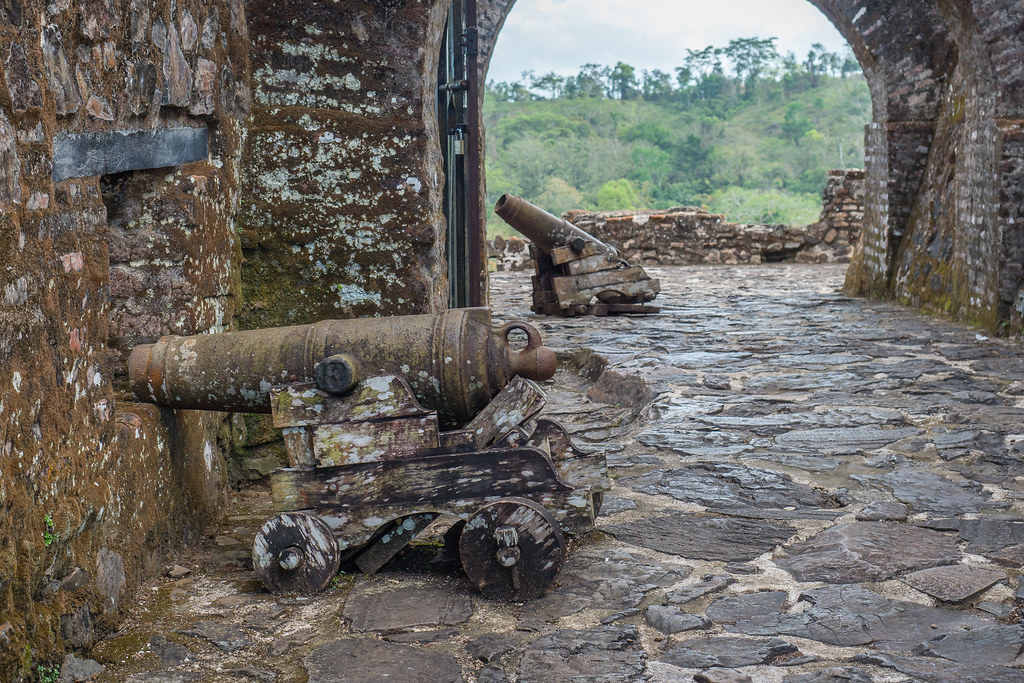
Matagalpa
Matagalpa is also one of the most important destinations in the country. Here you can visit two of the most important buildings, famous for its architecture and history. The temple of San Jose de Laborio in baroque style situated in front of Ruben Dario Park and the Cathedral of San Pedro are two of the most important jewels in the area of Matagalpa in Nicaragua has to offer. At a short distance from town and at 1200 meters above sea level, you can find the black forest ( La Selva Negra ) a famous cloud forest ideal for bird watching and relaxation.
Selva Negra
 Selva Negra is a nature preserve situated at a short distance from Matagalpa and a height of 1450 meters above sea level. Here you can observe the Paradise Bird ( Quetzal ) and also many species of birds, plants, trees, and wildlife.
Selva Negra is a nature preserve situated at a short distance from Matagalpa and a height of 1450 meters above sea level. Here you can observe the Paradise Bird ( Quetzal ) and also many species of birds, plants, trees, and wildlife.
Esteli
Esteli is famous for its tobacco plantations and for being the Heart of business and agriculture in the north of Nicaragua. Some of its main attractions are the Cathedral of Esteli, the first in the region, built in 1823. It has gone through some dramatic changes, including different styles and building techniques.
Montelimar
Montelimar is one of Nicaragua’s most popular beach destinations. Here you can find hotels, bars, restaurants, and fun for everybody. The beaches in the area are beautiful and famous for its sunsets.
Cuisine
Nicaraguan cuisine is a unique blend of both Creole and pre-Columbian cooking styles. Drawing from the abundance of local produce, Nicaraguans have crafted a diverse range of dishes that make use of corn, rice, beans, fruits, vegetables, and herbs. The national dish of Nicaragua, Gallo Pinto, combines white rice and red beans that are cooked separately and then fried together. This dish often sees various variations depending on regional customs, with additions like coconut oil or grated coconut being more common on the Caribbean coast. Most Nicaraguans start their day with Gallopinto as it provides an array of essential nutrients.

Besides Corn, Rice, and Beans other indigenous ingredients feature prominently in Nicaraguan cuisine such as jocote, mango, papaya, tamarindo, pipian, banana, avocado, yuca, cilantro, oregano, and achiote. Furthermore, specialty dishes featuring guinea pigs, tapirs, iguanas, and turtle eggs can also be found in Nicaragua, though due to current legal restrictions, these items are seldom seen on menus. All in all, Nicaraguan cuisine is incredibly varied and full of flavor; reflecting the colorful culture of this Central American country.
Rainforests of Nicaragua
Nicaragua is divided into many climatic and geographic sub-regions, each with a distinctive climate, vegetation, wildlife, and geography. This variety has contributed to the growth of many types of vegetation and forests. The visitor can find the tropical dry lowland forest in the center and the Pacific side region, including Granada, San Juan, Leon, Chinandega, Carazo, Boaco, Masaya, and the western part of Lake Nicaragua.
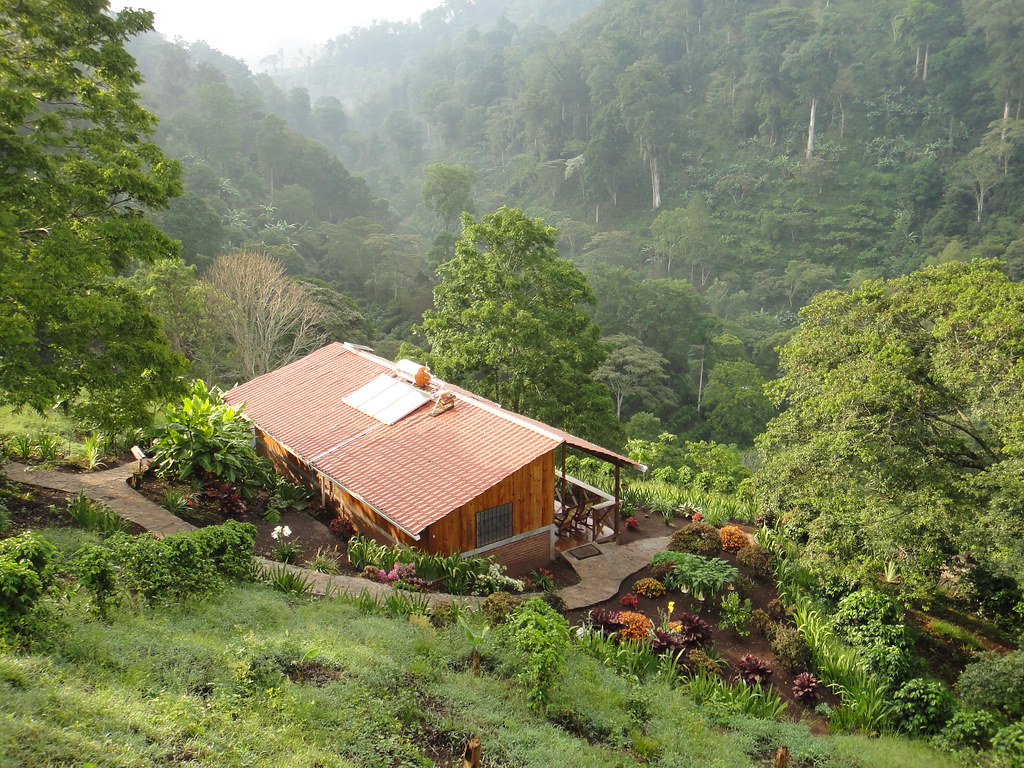
The Caribbean coastal area, because of its humidity, contains some of the largest uninterrupted tropical rainforests in all of Central America, the Indio Maiz forests and the Bosawas Rainforests, both situated in the Caribbean coastal area. Other forests include the cloud forests, present in areas with higher altitudes, the dwarf forests in the highest regions, and the famous pine tree forests, near the border with Honduras. Along with coastal areas and river deltas along the Pacific coast, it is quite common to find mangrove forests and estuary vegetation.
Wildlife and Biodiversity
The rainforest in Nicaragua covers more than 2,000,000 ha, particularly on the Atlantic lowlands. As well as the Bosawás Biosphere Reserve (in the north) there is the Indio Maíz Biological Reserve (in the south), which protects 2,500 km² of the Atlantic Rainforest. These two areas are very rich in biodiversity. There are 5 species of felines, including jaguar and cougar; 3 species of primates, spider monkey, howler monkey, and capuchin monkey; 1 species of tapir, called Danto by the Nicaraguans; 3 species of anteaters, and many more.
Nicaragua National Parks and Nature Preserves
Reserva de Biosfera Bosawás
The Bosawas Nature Wildlife Refuge is the largest in all of Central America. It contains thousands of acres of typical rainforests, swamps, mountains, forests, and other types of habitats. Until now, not much of it has been really discovered, and access is still a little bit uncertain.
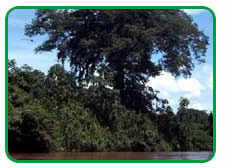
Reserva Biológica Cayos Miskitos
The Miskitus Cays are beautiful pearls situated on the front of the North Caribbean Coast of Nicaragua. They are famous for white sand, palm trees, and clear waters. From Cabo Gracias a Dios to Puerto Cabezas, one can find hundreds of islets, white sand beaches, coral reefs, lagoons, and others all part of the Cayo Miskitos Nature Preserve since 1991.
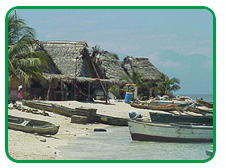
Laguna de Karatá
The Karata Lagoon is situated in the RAAS Caribbean Region, near Wawashang Preserve. The area is inhabited by the local Miskito population, which has been fishing in the lagoon, the rivers, and the ocean for hundreds of years. It is an important ecosystem for fish and other aquatic wildlife species.
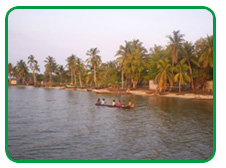
Reserva Natural Miraflor
The Miraflor Nature Preserve is situated in the mountains in the north of Nicaragua. Famous for its many cliffs, canyons, and steep valleys, its highest peak is at 1450 meters above sea level. The forest here is evergreen. Miraflor is also famous for having a large variety of orchids. Today, only 10 % of the area has been explored, with 150 species found so far but many more to be discovered.
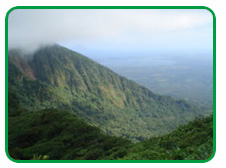
Reserva Natural del la isla de Juan Venado
The island Isla Juan Venado is a sandy island situated in from of the Pacific coastal shores of Leon. It is 18 kilometers long and only 300 meters wide. Towards the mainland, it is bordered by the Las Peñitas estuary and La Garita estuary. There are many water and land creatures that inhabit these curious islands. Also, its mangroves and marine soils are extremely interesting and important, since they are part of the food chain that feeds the rest of the wildlife in the area.
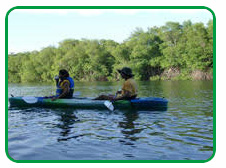
Parque Nacional Volcan Masaya
Masaya, with a height of 635 meters, is situated near Managua, Granada, and other localities. Also, its most active crater, Santiago, is easy to access. Therefore, and because of its interesting gas activity, it is one of the most popular tourist attractions in the south of Nicaragua. Its last eruption took place in 2003. Currently, it is a national park.
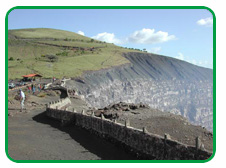
Reserva Volcan Mombacho
This amazing nature preserve was created in 1983. At a height of 1345 above sea level, it has both cloud forest and dwarf forest, typical of areas in higher altitudes and more moisture. Nearby you can find Mombacho Volcano, which is said had its last eruption around 1.5 million years ago, creating the Granada Islets.
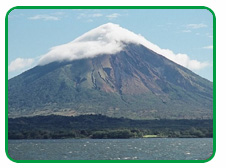
Archipiélago de Zapatera
Zapatera Islands is situated 20 km. Southeast of Granada, in front of the Lake Nicaragua Coast and the Ochomogo river delta. Around 5,000 people live in the city and its a very important archeological site. Many objects are being found. Because of the few inhabitants, nature is well conserved.
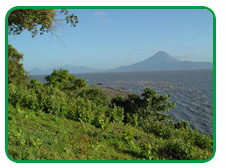
Reserva Natural Tisey
The Tisey Nature Preserve is situated in the mountains in the center of Nicaragua. The mountains here are covered with tobacco and or pine trees, typical of the area. Great cuisine is also a distinctive feature of this privileged region. From the top, you can observe the Esteli valley. The scenery here is very pretty, with colorful and large farms everywhere.
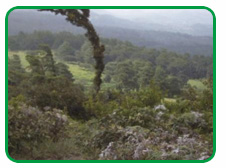
Refugio La Flor
Famous for the arrival of large groups of different species of sea turtles, La Flora and Ostional are among the most important turtle nesting sites in Central America. Usually, turtles arrive between the months of November and December. Three species are famous for its arrivals and the area, therefore, is very popular among ecotourism lovers and conservationists.
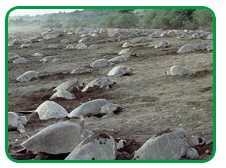
Selva Negra
Selva Negra is a nature preserve situated at a short distance from Matagalpa and a height of 1450 meters above sea level. Here you can observe the Paradise Bird ( Quetzales ) and also many species of birds, plants, trees, and wildlife.
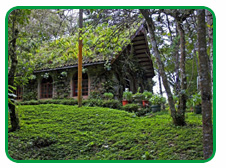
Reserva Natural Cerro Musun
Cerro Musum Nature Preserve at a height of 1438 meters above sea level was once called the mountain of water, by the local natives. Here the visitor can find 8 wells and creeks with extremely clear water and constant water supply, rolling down the mountain from one cascade to another, creating a very humid tropical forest and a perfect habitat for local animal and plant species.
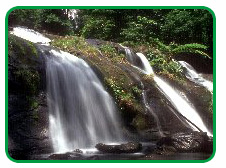
Indio Maiz
Indio Maiz Biological Preserve is one of the most important biological reserves of Nicaragua and Central America. Its large size, rich variety of wildlife, and the secludedness and undiscovered habitats make this a real natural treasure for all man kina. Some species are the jaguar, the white-faced peccaries, species of monkeys and many other water and land creatures.
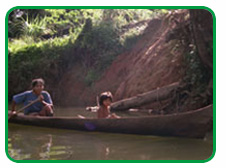
Los Guatuzos
The Los Guatuzos Wildlife Refuge has many habitats, including swamps, tropical rain, and dry forests. It is also a sanctuary for hundreds of species of birds and other animals like the jaguar, reptiles, and more. The most interesting areas to visit are the Esperanza Verde wildlife refuge and Ecological Center.
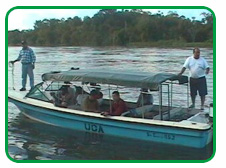
Reserva de Volcan Maderas
Maderas Volcano is situated in Ometepe Island, next to Concepción Volcano. Although it is extinct, a disastrous landslide affected the north side in the ’90s. It s last activity period occurred 3000 years ago. Its crater is filled with a lagoon.
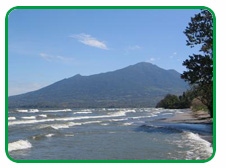
Reserva de La Maquina
La Maquina Nature Preserve is situated near Carazo City, only 40 minutes from Managua. Here you can discover trails, creeks, waterfalls and many species of flora and fauna. Many trails make it easy to explore.

Reserva Natural Volcan Cosiguina – El Viejo
Because of its eruption in 1835, Nicaragua first appeared in the Guinness Book of Records, since the explosion was the third most potent in all of America. The sound wave went all the way to Colombia, Jamaica, and Mexico, while its ashes covered Central America. It is one of Nicaragua’s highlights.
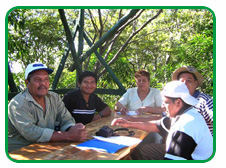
Islotes de Cosiguina
The Islets of Cosiguina were created to alter the potent Cosiguina Volcnao eruption in 1853. They are situated in front of the coast of Nicaragua. You can visit them by renting a boat in a nearby fishing village.
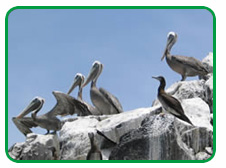
Cosiguina Volcano Nature Preserve
Its last eruption occurred in 1835. Its eruption was so potent that the sound wave went all the way to Colombia. It was categorized as the third most potent eruption in America ever to be recorded. It even created the Islets of Cosiguina.

Reserva Privada El Jaguar
El Jaguar Private Nature Preserve is situated near Jinotega. It used to be a hiding ground for guerrillas in times of war. Nowadays, its forests, habitats, and microclimate are convenient for the conservation of many species of birds, plants, trees, insects, reptiles, mammals, and amphibians. You can explore it by following trails. A local guide is recommended. Nearby is Laguna de Apanas.
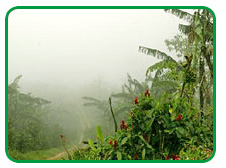
Cantagallo
In the north of Nicaragua is Cantagallo, in the region of Condega. It is a high mountain with different types of vegetation and forests, including cloud forests, rainforests, and the typical pine tree forests that are abundant in the northern areas of Nicaragua and Honduras. There are facilities and services in nearby towns.

Parque Nacional El Chocoyero
At only 30 kilometers from Managua is El Chocoyero Nacional Park. It is a narrow and steep canyon valley, surrounded by high walls and stone cliffs. Creeks and rivers run through the area. There is an evergreen forest with an abundance of wildlife and plants and trees.
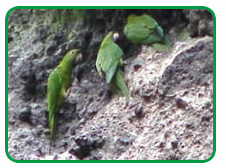
Reserva de Cerro Arenal
The Arenal Nature Preserve protects a variety of endangered species of plants, trees, and animals. The area is of 1300 acres, and it is situated in a mountainous area near Jinotega. Its highest peak is 1570 meters high. Many types of forests are present in the area.
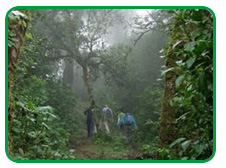
Reserva de Esperanza Verde
This Eco-Lodge situated in Yucul, San Ramon, near La Chispa, at 18 kilometers from Matagalpa is one of the most famous highlights in Nicaragua. The forests and ecosystems surrounding it are very rich in wildlife, plants, and animal species alike. Many trails make it easy and safe to explore. Many facilities and services are also available.
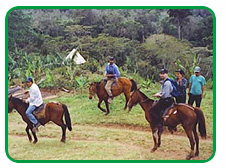
Reserva de La Patasta
The mountain El Cerro Tepesomoto, 1700 meters high, is covered by dense forests. Also, from its top you can admire the amazing panoramic views of the surrounding areas. Facilities and services are nearby. You can discover the parking area, Esther, by foot or by horseback.

Reserva de Domitila
Domitilla protects an important extension of tropical dry forest, typical of the Pacific COSAT side of Nicaragua and the western part of Lake Nicaragua. It is situated on the shores of Lake Nicaragua. Many species of wildlife inhabit its forests, from monkeys, dears, and many species of insects, reptiles, and birds. There are trails through which you can explore the area.
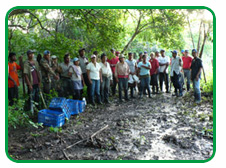
Reserva Privada Montibelli
At only 30 kilometers from Managua, Montibelli is a famous nature preserve. It is a private preserve situated near Managua. Its area of 360 acres protects many endangered species of plants and animals. Its climate is regularly fresh.
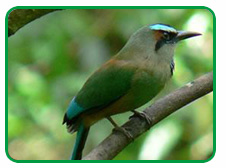
Reserva Privada La Primavera
La Primavera Farm and Preserve is situated near Rivas. It serves as an example of conservation and cattle ranching. Although only 20 acres in size, it is a well-known visit spot for tourists and locals alike.

Reserva Biologica Charco Verde
Between Concepción and Maderas Volcano is Chico Largo. This preservation area protects the lagoon, forests and a beautiful beach called Bancon. The preserve is situated in the land bridge that unifies both volcanoes called Istian. Here you can swim in the water, relax or discover nature.
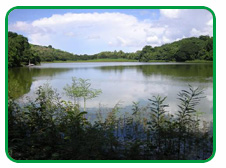
Reserva de Wawashang
It is located near the small town of Pueblo Nuevo, which is greatly dependent on agriculture as its source of income and employment. Some of the inhabitants of this area live in settlements on the borders of the Wawashang Nature Reserve and are being educated on the dangers of deforestation and incorrect agricultural practices.
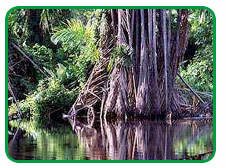
Rio Escalante
Rio Escalante Nature Preserve is among the most important turtle nesting sites in the world. Here three species of sea turtles ( Tortugas Paslama (Lepidochelys olivacea) , Tortuga Tora (Dermochelys coriacea), and other species come to nest. The months of July until January are famous among naturalists, conservationists, and eco-tourists because they know that an amazing natural spectacle takes place.
